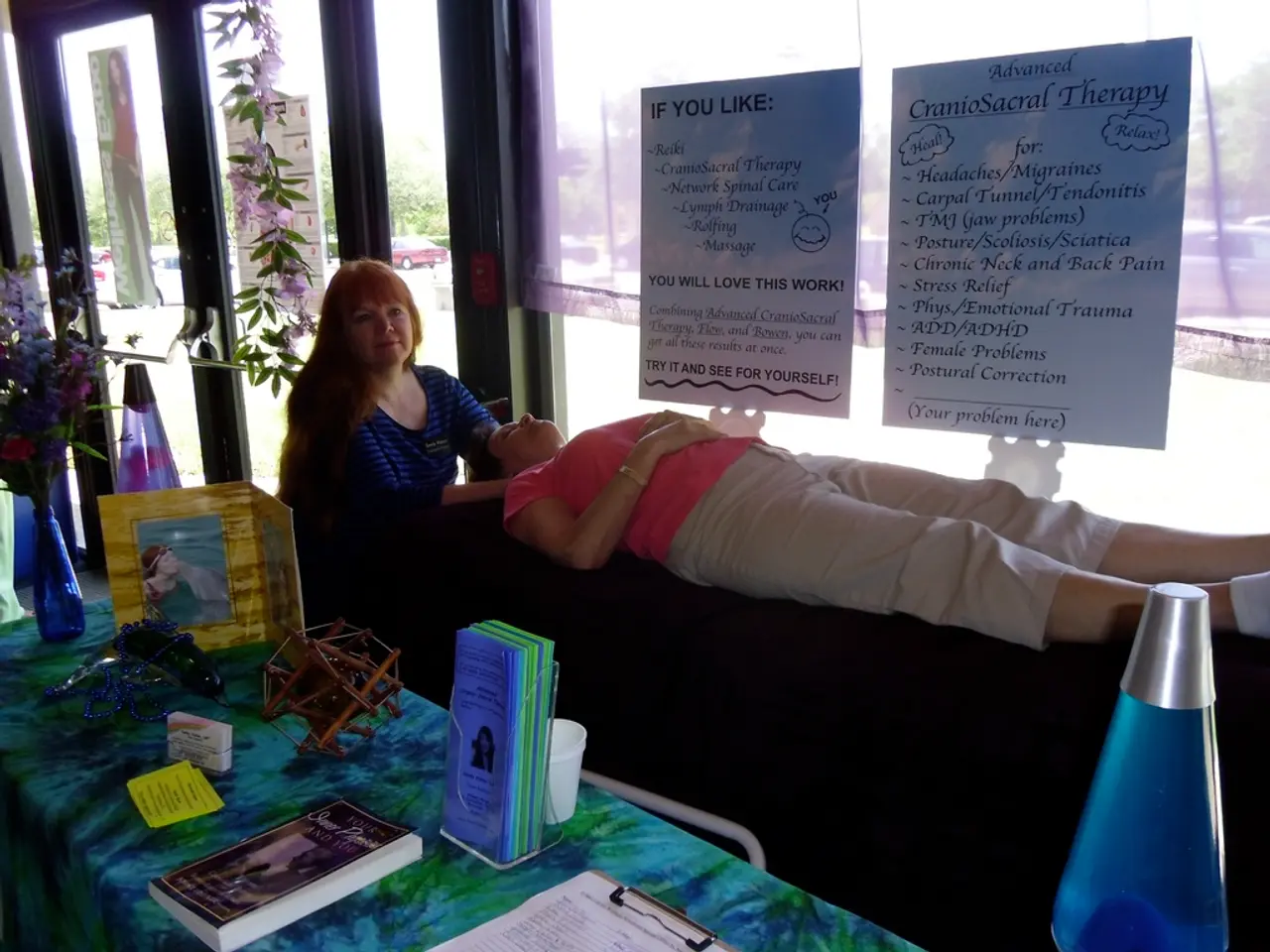Evolution of Depression Across the Last Seven and a Half Decades
In the past 75 years, the understanding and treatment of depression have undergone a remarkable transformation, moving from primarily psychoanalytic approaches to encompassing effective pharmacological therapies, advanced brain stimulation techniques, and personalized neuromodulation treatments.
The mid-20th century saw depression treatment rooted in psychoanalysis, with Sigmund Freud's pioneering work emphasizing unconscious mental processes and early-life experiences as central to mental illness. Talk therapy methods like free association and interpretation of unconscious conflicts were the primary treatment methods.
However, the emergence of psychopharmacology in the 1950s marked a significant shift. Antidepressants such as Isoniazid provided relief for many people with depression but often had serious side effects. This paved the way for a recognition of neurochemical imbalances as key factors in depression.
Electroconvulsive therapy (ECT), developed earlier but refined over time, has remained a mainstay, particularly for severe or treatment-resistant depression. Recent studies indicate ECT is highly effective in older adults, with response rates of up to 90% in patients aged 65 and older, and cognitive function often improving alongside mood symptoms.
Advanced brain stimulation approaches like Stanford Accelerated Intermittent Neuromodulation Therapy (SAINT) have emerged recently. SAINT offers faster, higher remission rates (up to 79% in treatment-resistant cases) by precisely targeting brain regions implicated in depression, showing promise beyond traditional treatments.
Psychological therapies, such as cognitive and behavioral treatments, and existential group therapy developed for older adults, have also been explored, acknowledging the multifaceted nature of depression encompassing psychological, social, and existential dimensions.
New pharmacological options like esketamine nasal spray, approved by the FDA in 2019, demonstrate the ongoing evolution toward treatments that act rapidly on novel neural pathways.
The evolution of depression treatment reflects a shift from purely psychological models to integrated biopsychosocial approaches combining psychotherapy, pharmaceuticals, and innovative neuromodulation techniques, improving outcomes especially for patients with treatment-resistant depression.
The development of diagnostic manuals for clinicians has also evolved. The first Diagnostic and Statistical Manual (DSM-I) was published by the American Psychiatric Association Committee in 1952, followed by the DSM-II in 1968, the DSM-III in 1980, the DSM-IV in 2000, and the current DSM-5 in 2013. Today, clinicians use established, research-backed interview guidelines, screening tools, checklists, and other criteria to help them make a diagnosis of depression.
Research results show that depression is linked with lesser serotonin production, and oxytocin, a mediator of anti-stress, well-being, social interaction, growth, and healing, has been discussed in several papers. Oxytocin can be produced by high-intensity martial arts training, music, bonding, touch, and a warm and empathic relationship with a therapist.
Exercise is increasingly recognized for its mental health and antidepressant benefits, with studies indicating it can help manage symptoms of depression and help one calm down. Maintaining a healthy diet and weight is also important for managing depression.
In conclusion, the journey of depression treatment has been marked by continuous advancements, from psychoanalytic approaches to the integration of pharmacological therapies, brain stimulation techniques, and personalized neuromodulation treatments. This progress has led to improved outcomes, particularly for patients with treatment-resistant depression.
Science and health-and-wellness have intertwined in the past seven decades, as mental health has become a significant focus with the development of depression treatments. The evolution of pharmacological options, such as esketamine nasal spray and antidepressants, has been spurred by recognition of neurochemical imbalances like reduced serotonin production. Additionally, health-and-wellness practices like exercise, a healthy diet, and martial arts training have been shown to have mental health benefits, impacting the management of depression.




